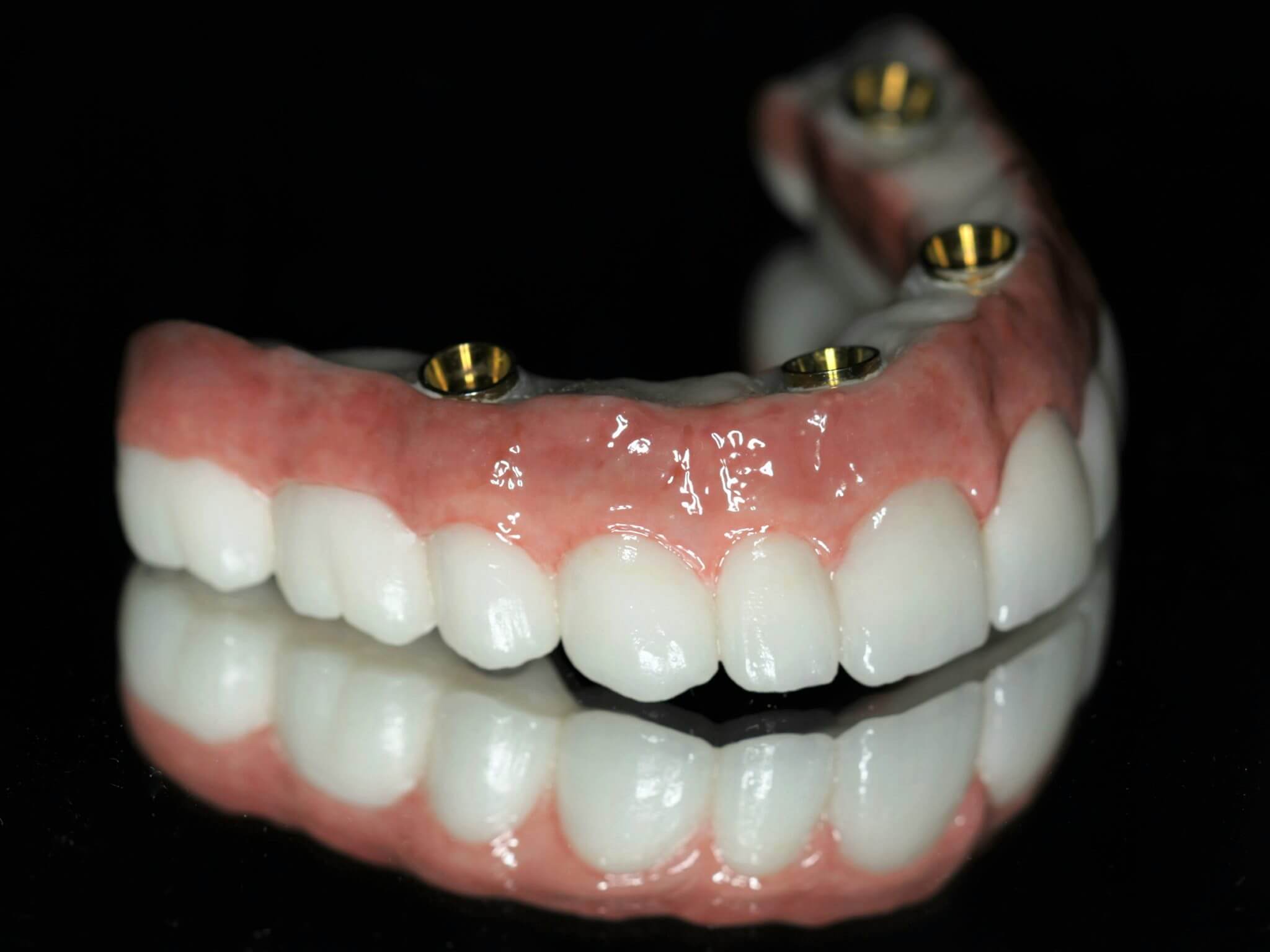What Does Dental Sense Mean?
Table of ContentsThe Basic Principles Of Dental Sense Our Dental Sense DiariesDental Sense Things To Know Before You BuySome Of Dental Sense
are medical gadgets operatively dental implanted right into the jaw to recover a person's ability to eat or their look. They offer support for fabricated (fake) teeth, such as crowns, bridges, or dentures. When a tooth is lost as a result of injury or illness, an individual can experience issues such as quick bone loss, malfunctioning speech, or adjustments to chewing patterns that result in discomfort.Oral implant systems contain a dental implant body and oral implant abutment and might additionally include a joint fixation screw. Professional teeth whitening. The oral implant body is operatively placed in the jawbone in area of the tooth's root. The dental implant abutment is generally connected to the implant body by the joint fixation screw and prolongs via gum tissues right into the mouth to sustain the affixed man-made teeth
(http://www.place123.net/place/dental-sense-miami-united-states)Framework of The Oral Implant System selecting dental implants, talk to your oral company concerning the prospective advantages and threats, and whether you are a candidate for the treatment. Things to think about: Your total health is a vital consider establishing whether you are a good candidate for dental implants, how much time it will take to heal, and for how long the implant might remain in place.
Smoking may impact the recovery process and reduce the long-lasting success of the dental implant. The recovery procedure for the dental implant body may take several months or longer, throughout which time you typically have a short-term abutment in place of the tooth. the dental implant procedure: Very carefully follow the oral health guidelines offered to you by your oral company.
8 Simple Techniques For Dental Sense
Implant failing can result in the need for another surgery to fix or replace the implant system. Recovers the ability to eat Recovers aesthetic appearance Assists keep the jawbone from diminishing as a result of bone loss Protects the health of the surrounding bone and gum tissues Assists keep adjacent (neighboring) teeth stable Enhances lifestyle Damage to bordering natural teeth during implant placement Injury to the surrounding cells during surgical procedure, such as sinus opening Injury throughout surgery (for example, fracture of surrounding jawbone) Insufficient feature, such as really feeling like the teeth do not bite with each other typically An experience that the tooth is loosened or twisting in position arising from an abutment screw loosening Implant body failing (looseness of the implant body) as a result of systemic infection, which might be most likely in individuals with unchecked diabetes mellitus due to regional infection in bone and gums supporting the implant body as a result of postponed recovery, which might be more probable in clients who smoke Trouble cleaning up the periodontals around the dental implant, resulting in poor oral health Neglected gum condition Post-surgical numbness due to nerve impingement or damage Constantly alert healthcare service providers and imaging service technicians that you have oral implants before any type of magnetic resonance imaging (MRI) or x-ray treatments.
FDA is not knowledgeable about any adverse occasions reported for MRI or x-ray treatments with oral implants. Oral implants systems are generally made of materials that adhere to international agreement standards of the International Organization for Standardization (ISO) or ASTM International. These requirements have information of what makes a risk-free material.

An oral implant is a framework that replaces a missing tooth. With screw-like gadgets, the specialist inserts a dental implant right into the jawbone, and it works as an anchor for a synthetic tooth, called a crown. A tool called a joint links the artificial tooth to the oral implant. The crown is custom-made to fit the person's mouth and match the color of their teeth.
Excitement About Dental Sense
Some people are not qualified for oral implant surgical treatment. It is for dental specialists to operate people with: intense illnessuncontrollable metabolic diseasebone or soft tissue illness or infectionIf these issues are solved, an individual can have the surgical treatment. In, oral surgeons avoid running on people with: If individuals with any of the above go through oral implant surgery, there is a greater danger of the dental implant failing.

Dental implant surgical procedure is a tailored procedure. It's not the same for everybody. The look at more info following provides a basic overview of what you can expect your dental professional, dental doctor, periodontist or prosthodontist to do: Position the implant operatively. Give you time to heal. Connect the message and final crown, bridge or denture.
Next off, your surgeon will very carefully place the dental implant into your jaw. If your dental implant is near the front of your mouth, your dental practitioner will make a temporary tooth for you to put on until you heal.
An Unbiased View of Dental Sense
Your supplier can inform you what to anticipate in your situation. Throughout the healing stage, your jawbone should fuse to the oral implant. This procedure, called osseointegration, is critical for security and long-term success. This process can take anywhere from 3 to 9 months. Sometimes, it might take much longer.
When your dental implant heals, your dental practitioner can attach the joint (tiny connector article) and your final restoration (crown, bridge or denture). This normally takes regarding one hour to finish and may need a second small surgery. You shouldn't feel any discomfort throughout your dental implant treatment since your company will certainly make use of drug to numb your gum tissues.